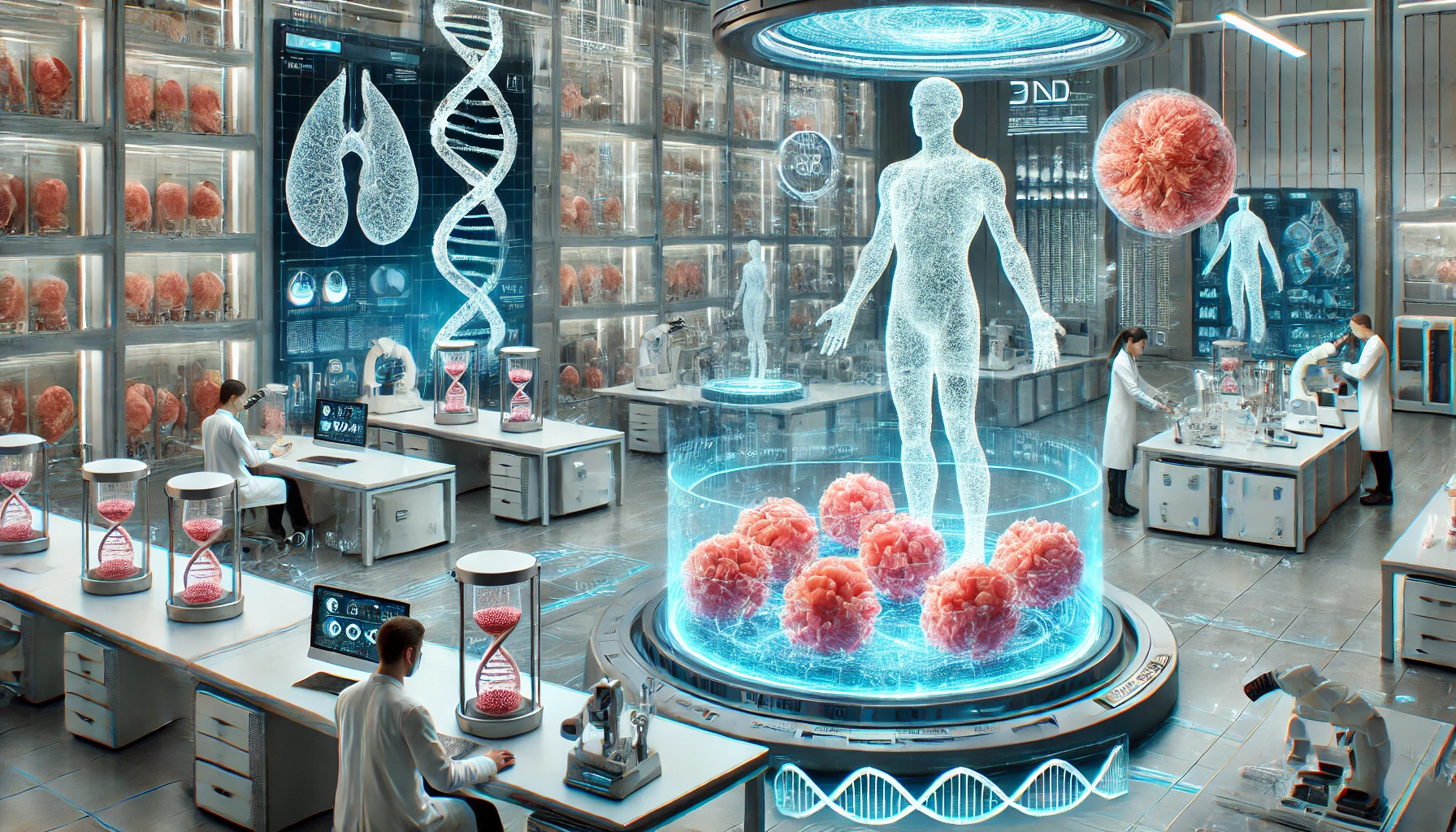Biotech Innovations in Regenerative Medicine: How Tissue Regeneration is Turning Sci-Fi into Reality

Introduction: The Magic of Regeneration
Remember those superhero movies where characters heal from injuries in seconds The magic of instant healing may no longer be limited to comic books thanks to recent innovations in biotechnology Tissue regeneration and wound healing are now areas where groundbreaking progress is happening rapidly Imagine having the ability to grow new skin or even organs in a lab Sounds like science fiction right Not anymore
Biotech Breakthroughs: Tissue Regeneration Like Never Before
Let's dive into the exciting world of biotech innovations when it comes to tissue regeneration For decades scientists have been trying to figure out how to prompt the human body to regrow damaged or missing tissues While some animals like salamanders can regrow limbs humans have historically been less fortunate But thanks to advances in stem cell research genetic engineering and bioengineering things are changing fast Today researchers are using stem cells to develop tissues that can be used to heal burns repair muscle damage and even regenerate parts of the heart after a heart attack
Wound Healing: From Band-Aids to Bioactive Dressings
Gone are the days when a Band-Aid and a bit of antiseptic cream were the go-to treatment for wounds The world of wound healing is being transformed by biotech innovations Enter bioactive dressings These aren’t your regular dressings Bioactive dressings are packed with materials like growth factors proteins and cells that actively promote tissue repair Some advanced dressings can even adapt to the wound environment accelerating healing at a cellular level In some cases nanotechnology is used to create tiny scaffolds that support tissue regeneration allowing the body to heal faster than ever before
How Biotechnology is Accelerating Progress
Biotechnology has accelerated progress in regenerative medicine in a big way One of the key drivers is the ability to bioengineer tissues in a lab setting Using a combination of cells biomaterials and growth factors researchers can create living tissues that closely resemble their natural counterparts Imagine having a lab-grown patch of skin that is an exact match for your own tissue This reduces the risk of rejection and allows for more effective treatments For example 3D bioprinting technology is now being used to print skin cartilage and even small sections of organs like the liver
Future Possibilities: From Lab-Grown Organs to Self-Healing Implants
The future of regenerative medicine holds even more promise Researchers are working on bioengineering entire organs to address the shortage of donor organs With the help of stem cells scientists are creating miniature functional organs known as organoids These mini-organs can be used for drug testing or eventually be scaled up to replace failing organs Another area of interest is self-healing implants Imagine getting a hip replacement that could repair itself over time That’s not just a pipe dream researchers are working on materials that can adapt and grow along with the body
Challenges Ahead: Ethical Questions and Regulatory Hurdles
With all these amazing possibilities come challenges Regenerative medicine poses some serious ethical and regulatory questions Should we be allowed to bioengineer organs Will lab-grown tissues be accessible to everyone or will they be limited to the wealthy And what about the long-term effects of using bioengineered tissues These are all important questions that researchers policymakers and society will need to grapple with as the field advances Additionally regulatory agencies like the FDA will need to create new frameworks to oversee the safety and efficacy of these treatments
Conclusion: Is Regenerative Medicine the Future
So is biotechnology the key to unlocking the future of healing The progress being made in tissue regeneration and wound healing suggests that we’re on the brink of something big Imagine a world where injuries are repaired with lab-grown tissues and failing organs are replaced by bioengineered alternatives It’s an exciting time to be in the field of regenerative medicine But with so much rapid progress the big question remains How soon will these biotech marvels become a part of everyday healthcare What do you think are we ready for a world where science fiction becomes reality



